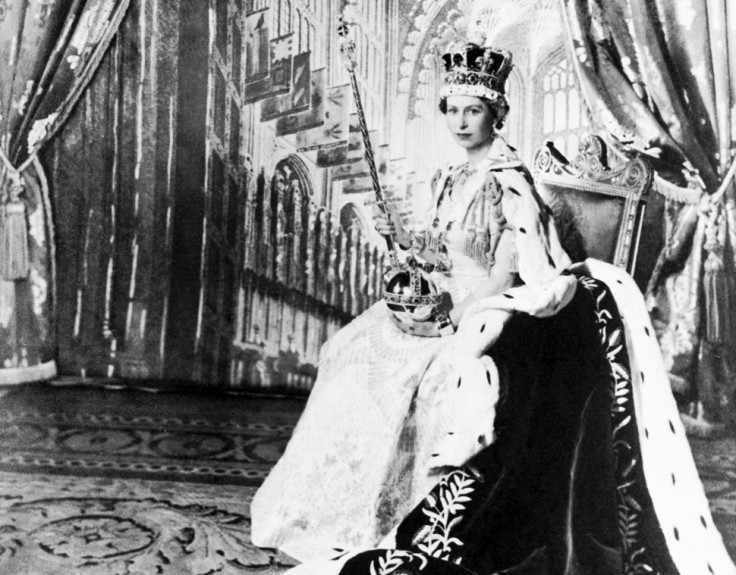Indian government tells court Queen Elizabeth II should keep her crown jewel

A huge diamond that has been part of the British crown jewels for the past 150 years and is currently part of Queen Elizabeth II's crown is hers to keep, says the Indian government. In fact, the Narendra Modi-led government in India has gone a step further to say that India should relinquish all claims to the diamond.
The government told the Indian Supreme Court on 18 April that the stone was given to its former colonial ruler and was not stolen. The stone — one of the world's largest diamonds — the 105-carat Koh-i-Noor, has been the centre of a long-standing diplomatic dispute.
"It was neither stolen nor forcibly taken away."
The stone is on display in the Tower of London. It was set in the crown worn by Queen Elizabeth during her coronation in 1953. Indians have been demanding the return of the stone to atone for its colonial history in the sub-continent.
However, Modi's government told the Supreme Court that India should forgo its claims to the jewel because it was given to the British as a gift by the Indian King, Maharaja Ranjit Singh in 1851. "It was neither stolen nor forcibly taken away," solicitor general Ranjit Kumar told the Supreme Court at the hearing over a petition seeking the return of the stone to India.
Reuters said that Kate Middleton, the Duchess of Cambridge is expected to wear the crown on official occasions when she becomes queen consort. She and her husband Prince William, who is second in line to the British throne, were in India on an official visit last week.
Britain has been quite adamant in its refusal to let the diamond return to India. In a visit to India in 2010, UK Prime Minister David Cameron dismissed demands for the return of the Koh-i-Noor, saying that the diamond will remain in London.

"What tends to happen with these questions is that if you say yes to one, then you would suddenly find the British museum empty," he had said. Some Indians however think otherwise and have been campaigning for the return of the diamond.
They claimed that the diamond was just one of many artefacts taken during British rule in India. "The British rulers looted India and the government is making a mistake by not supporting our claims," said Nafis Ahmad Siddiqui, who had petitioned the Supreme Court for the UK to return the stone.
Pakistan also lays claim to the diamond and seeks its return
India is not the only country eyeing the diamond. A court in Pakistan is also set to hear a petition claiming that the diamond was seized from a territory within Pakistan.
"Koh-i-Noor was not legitimately acquired," said British-trained lawyer Javed Iqbal Jaffry in his petition to the Lahore High Court. "Grabbing and snatching it was a private, illegal act that is justified by no law or ethics. A wrong is a wrong. It does not become righteous or right by passage of time or even acquiescence."
He claims that the diamond was 'illegally snatched' from the 14-year-old ruler of Punjab from Lahore by the East India British Company. It was then gifted to Queen Victoria but she never used it in her grown. He asked: "The East India Company ruled Punjab, but the question is how can a company be the ruler of any country so how can you legislate for its actions?"
© Copyright IBTimes 2025. All rights reserved.




















